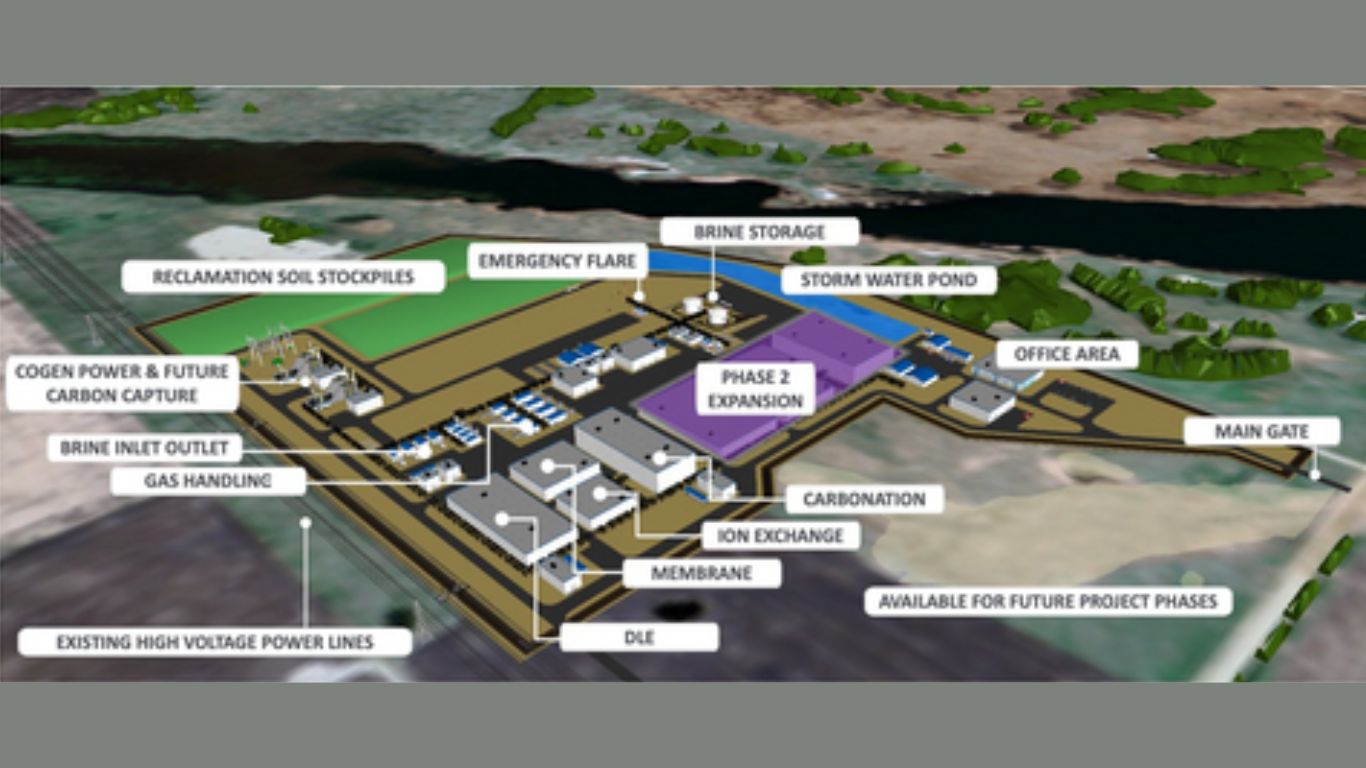Not long ago, the average worksite entry process involved a clipboard, a pen, and a paper logbook. Workers and visitors would scribble their names and arrival times, and site managers would file away the sheets for compliance, hoping that nothing got lost or overlooked. But those days are long gone now.
Fast forward to today, and digital sign-in systems are quickly replacing those outdated methods. Indeed, many modern worksites across a range of industries, from construction to logistics, have made the switch to digital check-in technology.
Far from being just a short-term tech trend, more businesses are seeing it as a smarter, safer, and more efficient way to manage who’s on site at any given moment.
This post examines why that is the case and highlights the potential benefits to your organisation should they decide to follow suit.
What Are Digital Sign-In Systems?
A digital sign-in system is a modern, automated way to record who enters and exits a site. These systems replace paper-based logbooks with touchscreens, mobile apps, tablets, kiosks or QR-code check-ins. They have the capability of tracking everything from arrival times to site inductions and even contractor credentials.
Unlike manual logs, digital systems offer real-time updates, cloud storage, and instant access to data from anywhere. Therefore they are especially useful for businesses who need to manage remote worksite monitoring and emergency management.
One prominent platform is the Altora site sign in solution, which offers a user-friendly and cloud-based check-in system designed specifically for high-risk and dynamic environments.
The Evolution of Site Entry
For decades, the sign-in process in many businesses was clunky, inconsistent, and prone to human error. But with the rise of cloud computing around the turn of the 21st century, and then mobile apps, and real-time data tools, many worksites saw the value in adopting smarter tech.
Indeed, the COVID-19 pandemic was very influential in accelerating this shift, because contactless check-ins became vital during it. Businesses needed safer, touch-free ways to manage entry, which digital check-in tools provided.
Today, digital sign-in systems are seen as the standard for any modern site looking to enhance its levels of visibility, accountability, and compliance.
Key Benefits of Using Digital Sign-In Systems
Aside from being convenient, digital sign-in solutions deliver tangible benefits that impact safety, productivity, and compliance. Here are some of the main ways how:
Improved Site Safety and Emergency Management
In high-risk environments like construction and mining, knowing who is on site in real time is absolutely critical. Digital check-in systems offer up-to-the-minute headcounts, which subsequently make evacuation roll calls quicker and more accurate during emergencies.
Some systems even allow for broadcast alerts, so site managers can notify everyone instantly if there’s an incident, hazard, or weather event.
Better Compliance and Record Keeping
Maintaining accurate visitor and worker logs is essential for meeting the very strict occupational health and safety (OHS/WHS) regulations governments pose. Thankfully, digital systems can help organisations prove their compliance by providing timestamped records that can’t be lost, damaged, or altered.
In addition, they also integrate with workplace induction software, to ensure that only trained and authorised personnel are allowed on site. This helps companies to avoid the potential for legal and regulatory penalties.
Increased Efficiency and Productivity
One of the biggest negatives associated with manual sign-ins is that they waste time and can create bottlenecks during busy hours. By contrast, digital systems speed up the process, especially when workers can pre-register or check in using mobile apps or QR codes.
Indeed, admin staff can save hours every week on paperwork, while managers gain greater insights and visibility over attendance, punctuality, and time-on-site data for payroll and reporting. This allows businesses to strengthen their overall operation.
Secure Access and Identity Verification
Most digital sign-in tools come with added security features like facial recognition, ID scanning, or photo capture. They make it easier to vet contractors, track subcontractors, and manage access for different roles or clearance levels.
Some platforms even prevent entry unless certain criteria (like inductions or permits) are met, which adds a further layer of safety and accountability to their processes.
Who’s Using Them?
Digital sign-in systems have gained rapid traction across a wide range of industries. But in particular those where safety, compliance, and operational oversight are crucial.
Here are some examples of how they are being used currently:
- Construction sector: They’re used to track subcontractors, manage inductions, and ensure that only authorised workers access specific zones.
- Mining companies: These systems are relied upon for real-time tracking of FIFO workers and managing fatigue risks.
- Warehousing and logistics firms: Such companies use them to handle shift changes, visitor logs, and contractor access, often across multiple locations.
- Manufacturing plants: They tend to value the efficiency they bring to workforce management and time tracking.
Even sectors like education, healthcare, and aged care have embraced digital check-in solutions. That is because they help to manage visitors and contractors while maintaining high standards of safety and safeguarding.
What to Look for When Choosing a System
When selecting a digital sign-in system for your worksite, it’s important to choose a platform that balances ease of use with powerful functionality. Therefore, look for features like mobile check-in, QR code access, and offline capability. This is particularly necessary if your site is in a remote location or has patchy connectivity.
Real-time reporting is essential for tracking who’s on site at any given moment, while integration with other systems (such as induction software, payroll, or access control) can streamline operations. In addition, visitor management tools, such as ID scanning or pre-registration options, also add value, especially if you frequently host third-party contractors or clients.
Another key factor to consider is scalability as the system should be flexible enough to grow with your business, whether you manage one site or twenty. Perhaps most importantly though, you should ensure the platform complies with data privacy standards and provides reliable support. That way your team will feel confident using it from day one.
Blog as received in the mail






























